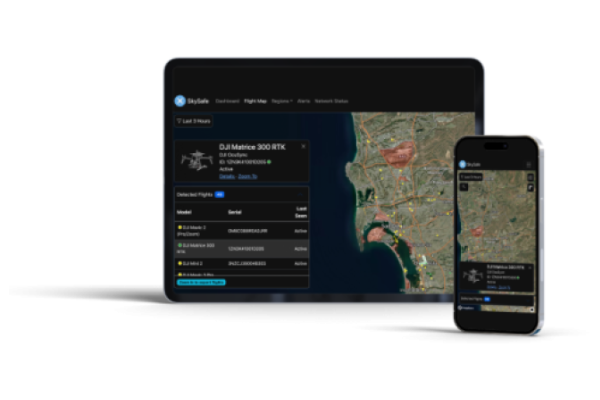The 2019 Manufacturing Communication Survey Results Are In
 For manufacturers, communication is both a lifeline that ensures safety and a tool for greater efficiency and productivity. But as communication technology continues to transition from analog to digital, what does it mean for manufacturers? What investments should manufacturers make today and how can you prepare for tomorrow’s technology advances?
For manufacturers, communication is both a lifeline that ensures safety and a tool for greater efficiency and productivity. But as communication technology continues to transition from analog to digital, what does it mean for manufacturers? What investments should manufacturers make today and how can you prepare for tomorrow’s technology advances?
The Motorola Solutions 2019 Manufacturing Communications Survey highlights some important and surprising trends. Radio communication remains a critical foundation for manufacturing communications. However, as technology has changed the way we communicate, rather than replacing radio. Advances in technology have made radio even more essential as a means of reliable, rugged, and direct connection. 70% of manufacturing radio users are using digital radios today. This is almost double the number of digital radio users in 2017.
Snapshot of the Results
At the same time, more companies are transitioning to digital two-way radios, capable of integrating intelligence driven applications to unify communications among teams. This unified communication connects all devices across networks. Not to mention, unified communications allows workers to instantly push-to-talk with their colleagues in new, intelligent, and helpful ways.
The survey also highlighted the need for more intelligence throughout operations. Intelligent new applications, smart AI-enhanced video security, low power sensor networks and access control have the power to greatly enhance efficiency, productivity, and safety.
Taken together, the findings from our report outline a clear path forward for manufacturing companies looking for a new competitive edge through enhanced business-critical communications.
Hear From Your Peers
This year’s survey queried almost 400 U.S. respondents in a range of manufacturing job functions including senior and middle management, maintenance and engineering, IT, communications, customer service, and security. Respondents represented a large cross section of manufacturing specialties from chemical manufacturing, to food and beverage production, construction, and industrial transportation equipment manufacturing.




